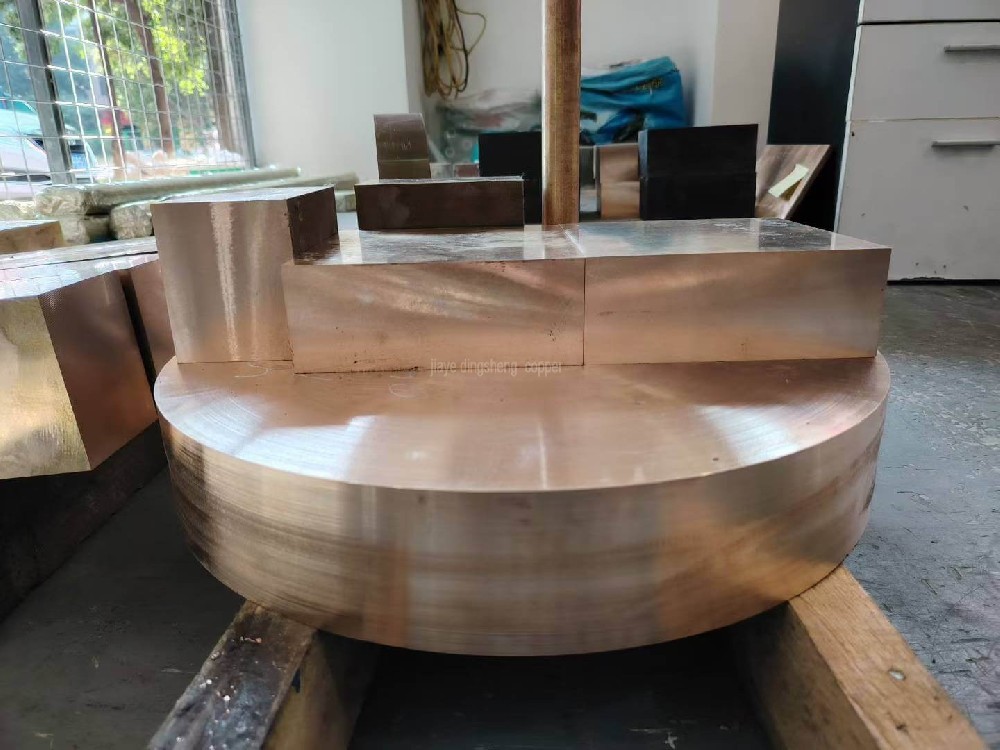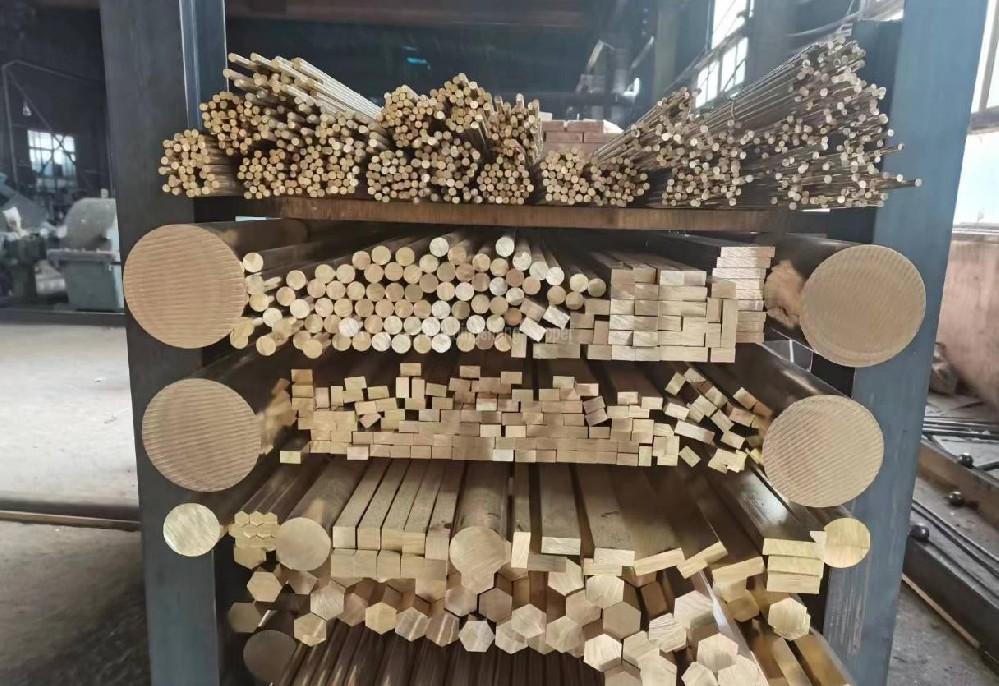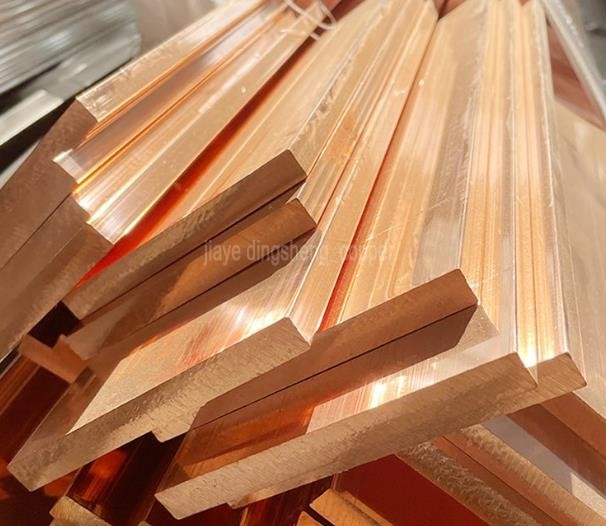beryllium copper young's modulus
What is the elastic modulus of beryllium copper?
The elastic modulus of beryllium copper is approximately 128 GPa. This value indicates that beryllium copper has a high rigidity and is an ideal material for manufacturing high-precision and high-stability components. The specific value of the elastic modulus may vary slightly depending on factors such as material composition, processing techniques, and temperature.

Elastic modulus of beryllium copper
Beryllium copper, as a high-performance alloy material, has wide applications in the industrial field. Among them, the elastic modulus is one of the important indicators for measuring the performance of beryllium copper materials. The elastic modulus, also known as Young's modulus, describes the material's ability to resist elastic deformation when subjected to force, that is, the rigidity of the material. For beryllium copper, its elastic modulus is approximately 128 GPa, which means that beryllium copper can maintain good shape stability and is less likely to deform when subjected to external forces.
Elastic modulus of beryllium copper: Definition and typical values
Elastic modulus (Young's modulus) is the core indicator for measuring a material's ability to resist elastic deformation. For beryllium copper, a high-strength copper alloy, its elastic modulus typically ranges from 110 to 140 GPa. The specific value depends on the alloy grade and heat treatment status (data sourced from the ASTM B196/B196M-19 standard). For example:
- C17200 beryllium copper (containing 1.8-2.0% beryllium): The unaltered elastic modulus is approximately 128 GPa, and it can reach 135 GPa after cold rolling.
- C17500 beryllium copper (containing 0.2-0.6% beryllium): Due to the lower beryllium content, the modulus slightly decreases to 115-120 GPa.
The difference in the elastic modulus of beryllium copper mainly stems from the solid solution strengthening effect of beryllium. The supersaturated solid solution formed by beryllium atoms and the copper matrix can significantly enhance the lattice distortion energy, thereby increasing the material's stiffness.

The influencing factors of the elastic modulus of beryllium copper
1. Component control:
High beryllium content (such as C17200) further increases the modulus by forming BeCu precipitate phases, while adding nickel or cobalt (such as C17510) can optimize the high-temperature stability.
2. Processing techniques:
- Cold deformation fine-grains the crystal structure, increasing the modulus by approximately 5-8%;
- Aging treatment (300-320℃ × 2h) through precipitation strengthening peaks the modulus.
3. Correlation with other properties:
Performance indicators | Relationship with elastic modulus |
Yield strength | Positive correlation (R² ≈ 0.7) |
Fatigue life | Higher modulus reduces the cyclic strain amplitude |
Conductivity | Inverse correlation (increase in electron scattering) |
The peculiarity of Young's modulus and testing methods
It is worth noting that "Young's modulus" and "elastic modulus" are often used interchangeably in engineering contexts, but strictly speaking, Young's modulus is only applicable to uniaxial tensile testing. The modulus testing of beryllium copper requires:
- ASTM E111 standard (ultrasonic resonance method preferred);
- Temperature coefficient: -0.03% GPa/℃ (20-100℃ range).
Factors Affecting the Elastic Modulus of Beryllium Copper
The elastic modulus of beryllium copper is influenced by various factors. Firstly, the composition of the material plays a significant role. The content of beryllium in the beryllium copper alloy directly affects its elastic modulus. Additionally, the processing techniques of the material, such as heat treatment and cold working, also have an impact on the elastic modulus. Temperature is another important factor. As the temperature changes, the elastic modulus of beryllium copper may undergo slight alterations.

Applications of Beryllium Copper
Due to its high elastic modulus, high strength, and excellent electrical conductivity, beryllium copper has extensive applications in multiple industrial fields. In the electronics industry, beryllium copper is often used to manufacture high-precision connectors, springs, and contacts, among other components. In the aerospace field, because of its lightweight and high-strength characteristics, it is widely used to manufacture structural components of aircraft and spacecraft. Moreover, in mold manufacturing, the automotive industry, and the petrochemical industry, beryllium copper is favored for its outstanding physical properties.
Beryllium copper, as a high-performance alloy material, has an elastic modulus of up to 128 GPa, demonstrating excellent rigidity characteristics. This makes beryllium copper an ideal choice for manufacturing high-precision and high-stability components. At the same time, by understanding the factors that affect the elastic modulus, we can better control and optimize the performance of beryllium copper materials to meet the needs of different industrial fields. With the continuous advancement of technology and the rapid development of industry, the application prospects of beryllium copper and its alloy materials will be even broader.
# Tags:
-
beryllium copper young's modulus





